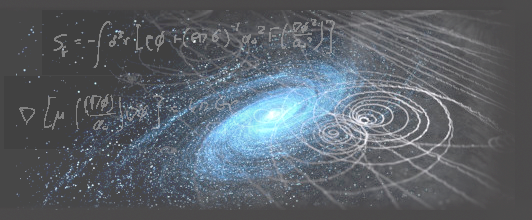Speaker
Description
The origin of the high-energy diffuse neutrino flux observed in neutrino telescopes is not known. Most models for astrophysical neutrino generation assume that neutrinos come from decays of pions and kaons produced when accelerated protons collide with ambient photons in the source. I will demonstrate that, similarly to atmospheric neutrinos, if there is a significant amount of hadronic matter in the source, hadrons with heavy quarks may be produced. These are very shortlived and therefore less subject to energy loss than pions, and the resulting neutrinos will have a harder spectrum. In addition, neutrinos from charmed mesons, which dominate, have a different flavor composition than neutrinos from pions. Therefore, apart from the spectral shape, a possible signal of this additional production mechanism would be found in the relative flavor content of the neutrino flux detected at Earth. I will demonstrate how this leads to a non-trivial energy dependence in the flavor compositions and will discuss the possible sensitivity of neutrino observatories. In our recent paper (arXiv:2309.09139) we explored this in the context of two examples of astrophysical sources where charm production may be effective: slow-jet supernovae and magnetar-driven supernovae.

